The Evolution of the Solar System.
To understand how the solar system formed and has changed, let's take a brief trip back about 5 billion years in time.
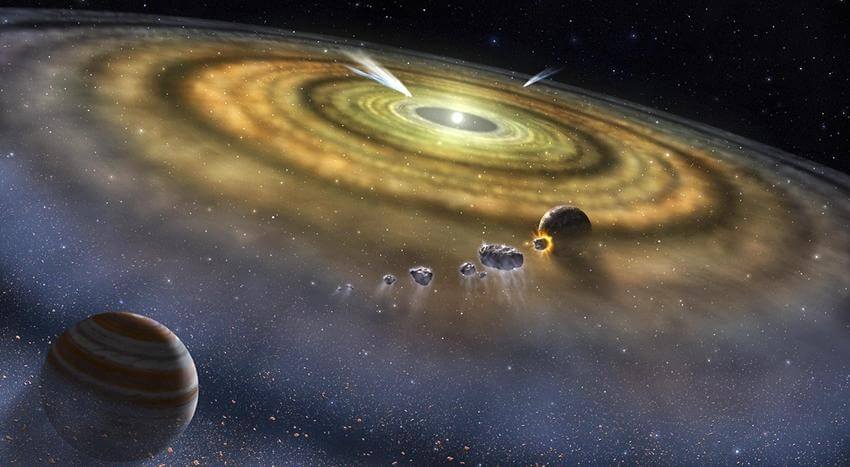
In the vast regions between the stars you find yourself in a huge cloud of gas and dust drifting through space. The cloud is cold, colder than anything you can imagine. There is no sun. There are no planets. Slowly moving gases are all that exist. Yet astronomers suggest that our solar system formed from this cloud. The solar system includes our sun, its planets, and all the other objects that revolve around the sun.
The Nebular theory.
Many explanations have been proposed to account for the formation of the solar system. But today virtually all astronomers believe in the nebular theory of formation. The nebular theory states that the solar system began as a huge cloud of dust and gas called a nebula, which later condensed to form the sun and its nine planets. The nebular theory has been revised many times as new data have been gathered. And it will likely be revised many more times.
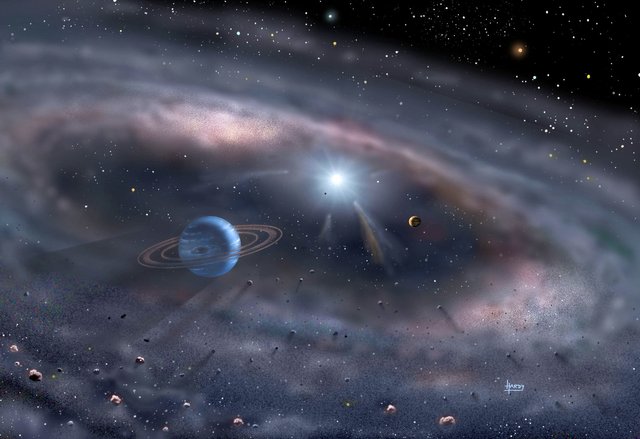
The sun forms first.
The nebula from which our solar system evolved was composed primarily of hydrogen and helium gases. Yet earth and the other planets are not made only of these gases. According to the nebular theory, shock waves from a supernova disrupted a nearby nebula. The nebula began to rotate, and gravity pulled more and more matter into a central disk. That central disk became the sun. Clumps of gas and dust around the central disk formed the planets and other objects in the solar system.
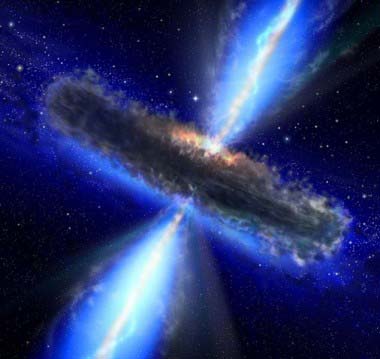
The planets form.
Gases and other matter surrounding the newly formed sun continued to spin around the sun. However, the particles of dust and gas were not spread out evenly. Instead, gravity caused them to gather into small clumps of matter. Over long periods of time, some of these clumps came together to form larger clumps. The largest clumps became protoplanets, or the early stages of planets.
Protoplanets near the sun became so hot that most of their lightweight gases, such as hydrogen and helium, boiled away. So the inner, hotter protoplanets were left as collections of metals and rocky materials. Today these rocky inner planets are called Mercury, Venus, Earth and Mars.
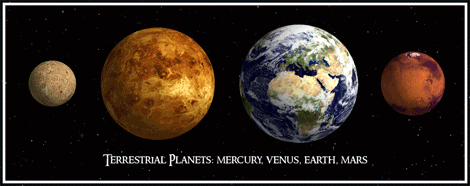
The protoplanets farther from the sun were less affected by the sun's heat. They retained their lightweight gases and grew to enormous sizes. Today these gas giants are known as Jupiter, Saturn, Uranus and Neptune.
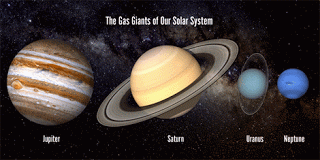
As the newly formed planets began to cool, smaller clumps of matter formed around them. These smaller clumps became satellites near Neptune may have broken away from that planet. This satellite became the farthest known planet in the solar system: Pluto. This theory explains why Pluto is similar in composition to many of the icy moons surrounding the outer planets.
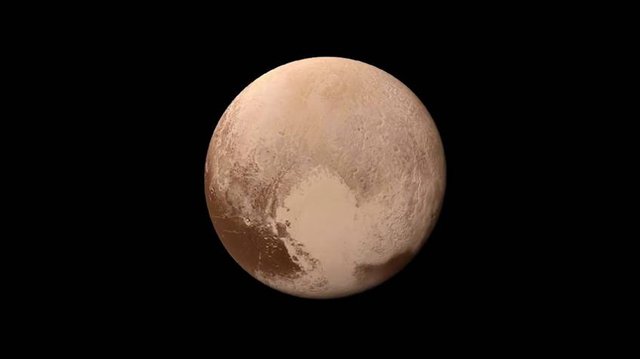
Objects other than moons were also forming in the solar system. Between Mars and Jupiter small clumps of matter formed asteroids. These rocklike objects are now found in a region of space between Mars and Jupiter called the asteroid belt. Farther out in space, near the edge of the solar system, other clumps of icy matter formed a huge cloud. Today astronomers believe that this cloud may be the home of comets.
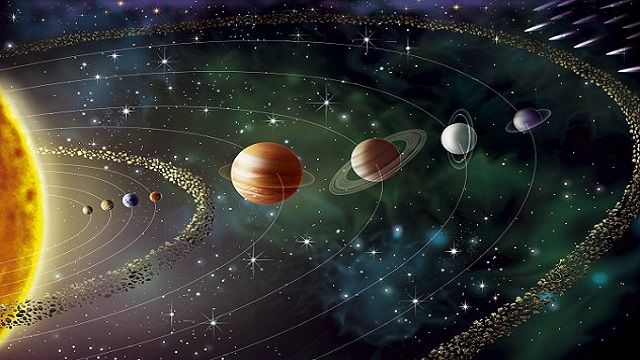
Source of information:
https://es.wikipedia.org/wiki/Formaci%C3%B3n_y_evoluci%C3%B3n_del_sistema_solar
https://www.aerodef.in/isro-gearing-interplanetary-mission/
https://www.goconqr.com/p/3926925-el-universo-y-el-sistema-solar-slide_sets
http://legacy.spitzer.caltech.edu/espanol/edu/askkids/sun_whatis.shtml
i like your post thank you for sharing informations @rastalikelofe
thank you very much. I'm glad to know that he liked my post.
Fine!
thanks
Thanks for supporting my post. It is motivating to improve every day.
wow, very good information
thanks for sharing
it's good that he liked my post. Thank you